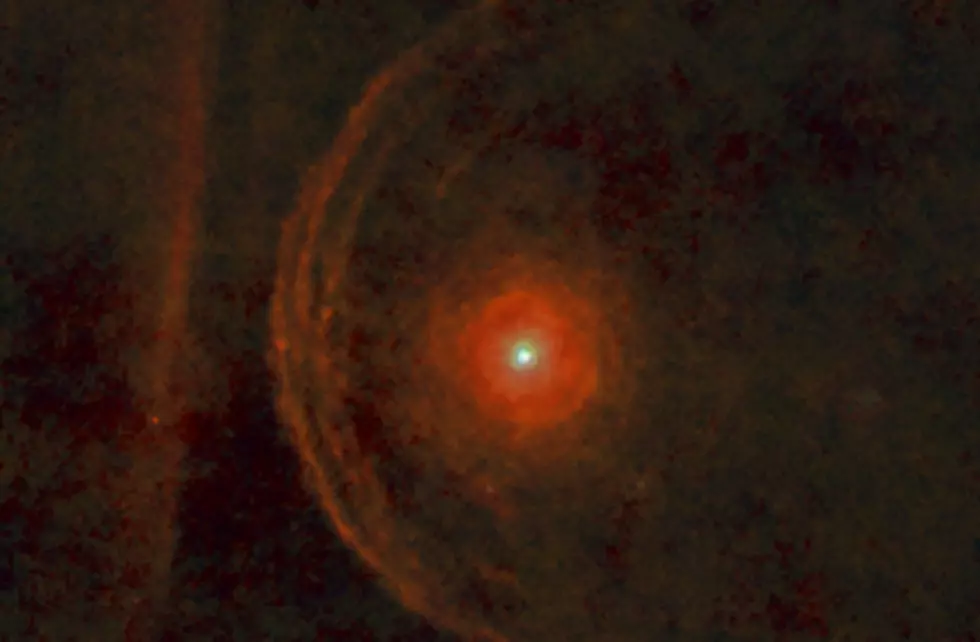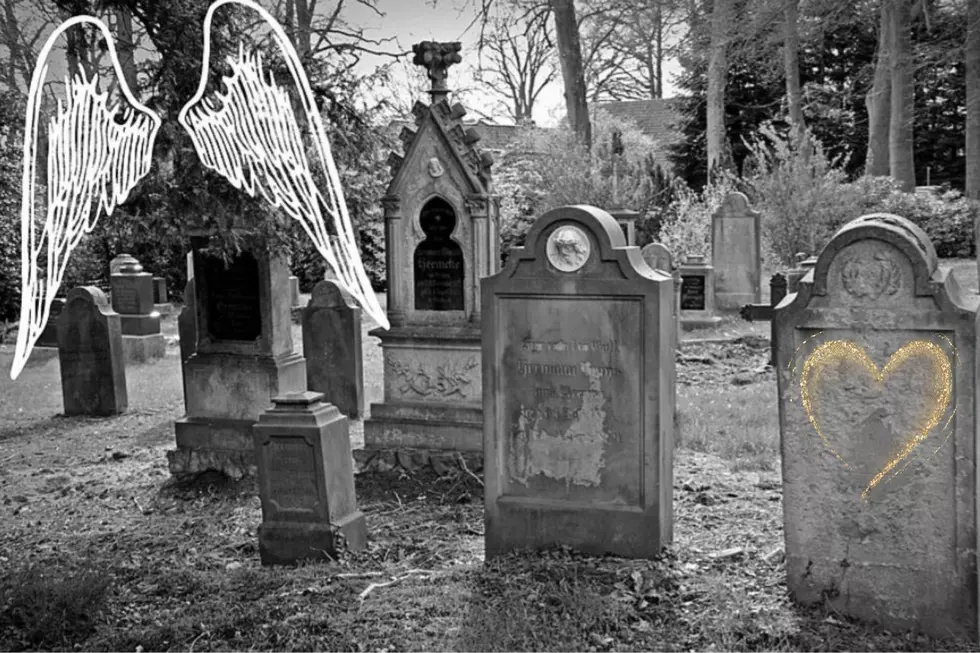
Betelguese Star Dimming; Some Fear It Will Super-nova
Chatter on social media has been buzzing lately about a star that’s been dimming in our night sky. Some are even fearful that this star may explode and go “super-nova.”
The star that we’re talking about is called Betelguese. First off, you may have heard a number of different pronunciations for this star. According to Astronomer Shannon Schmoll, many cultures have different pronunciations for this star. Here in the U.S. over time, it’s become more acceptable to pronounce this as Beetle-Juice. Yes just like the character from the movie. “It’s Showtime!”
Betelguese is a star that’s pretty far away, sitting at around 642 light years away from earth. Meaning light takes 642 years to travel from that star to us. That’s far! This also means that were looking at what the star looked like 642 years ago.
It’s the alpha star in the constellation Orion. You’ve probably heard of Orion’s belt… this star is the brightest in that bunch. It’s situated on the right shoulder of Orion if you’re trying to look at it through a telescope.
It’s a big star, with a diameter of around 767 million miles. That’s big. Keep in mind our sun has a diameter of just over 432-thousand miles. It’s also a fairly young star relative to our sun. Our sun is 4.5 billion years old, and is considered “middle-aged”. Betelguese however is only around 10 million years old, but astronomers say that it’s nearing the end of its life. That’s because this star, which is so much bigger, is burning through its thermonuclear fuel faster. So it has a shorter life.
But why is it dimming? Over the last few months astronomers have noted its brightness going down. Well it turns out that this it somewhat common with this star. It’s known as a “variable star”, meaning its brightness fluctuates over time. It’s around a 6 year cycle that the brightness dims.
However some fear that this star may go “super-nova.” That means in short that it will blow up. These larger stars all are expected to go “super-nova” at the end of their lives. It’s common and we’ve seen it happen with other stars in the past. Betelguese will go “super-nova” at the end of its life, but it’s more likely that this will happen in another 100-200 thousand years from now.
And no need to worry. When this does happen earth is too far away for anything to really happen here. Except that we’ll see it. It’s estimated that when Betelguese goes “super-nova” that we’ll see it in both the daytime and nighttime skies. During the day, it’ll be visible, while at night it’ll be brighter than a full moon.
More From 101.5 KNUE









